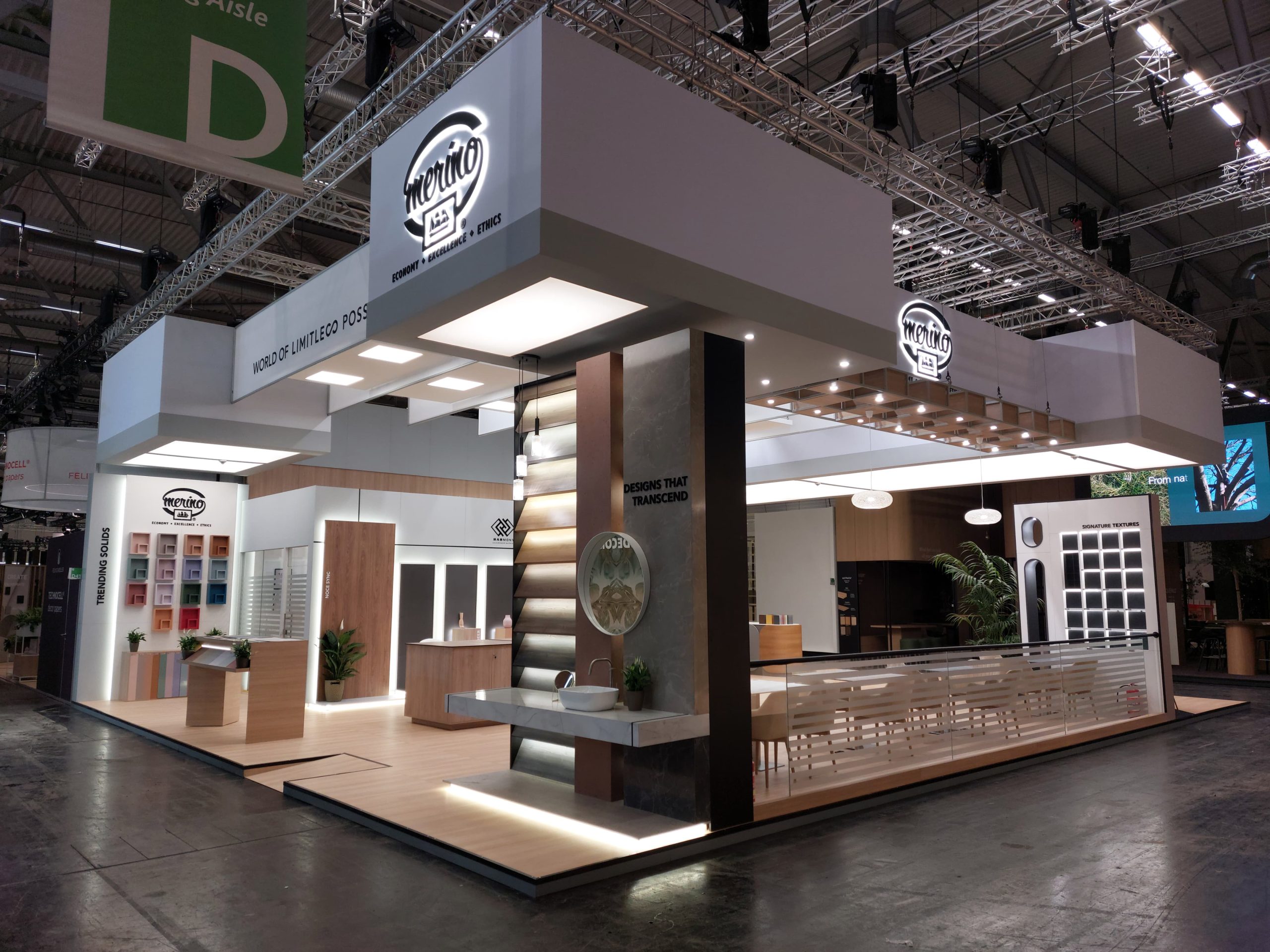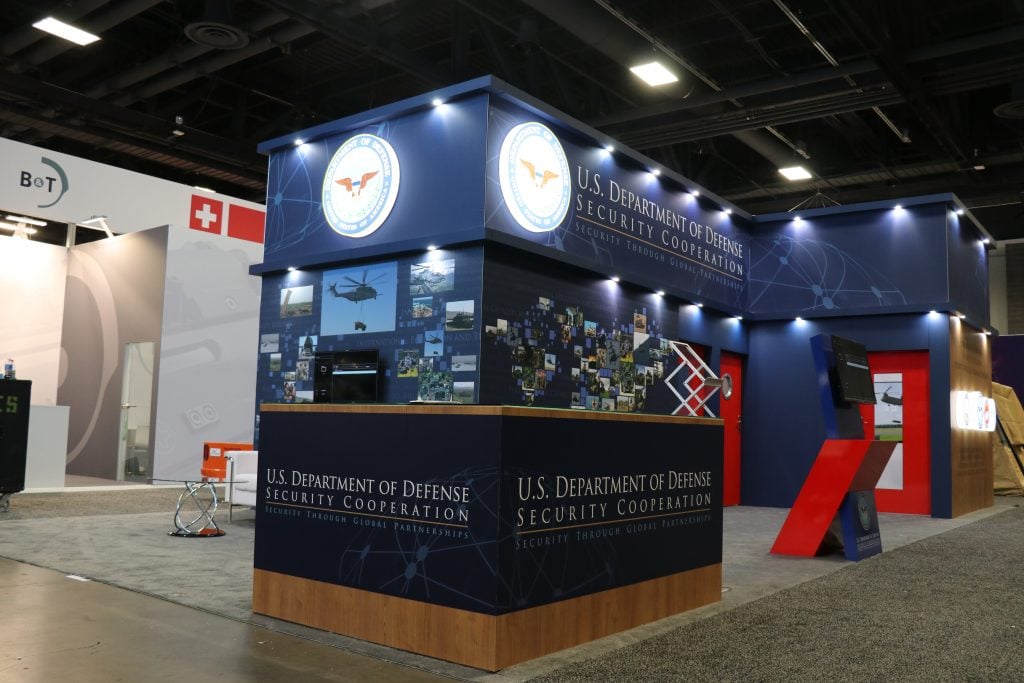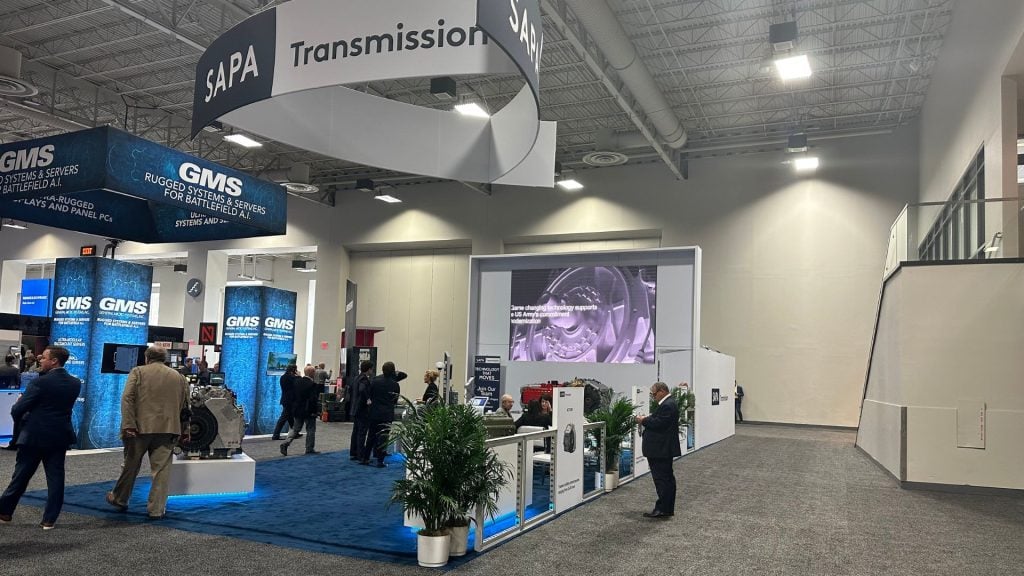
Introduction
As the events industry continues to evolve, exhibitors are constantly seeking innovative ways to stand out at trade shows. One of the most significant trends in recent years is the rise of interactive exhibits. These exhibits transform passive audiences into active participants, enhancing engagement, creating memorable experiences, and fostering stronger connections with brands.
Interactive exhibits are no longer just a novelty—they have become a powerful tool for marketers looking to create lasting impressions and generate meaningful interactions. In this blog, we’ll explore the rise of interactive exhibits, why they’re essential for modern trade shows, and how you can incorporate them into your own exhibit strategy.
1. What Are Interactive Exhibits?
An interactive exhibit goes beyond traditional displays and booths. It incorporates elements that encourage attendees to participate in the experience, whether through digital touchpoints, hands-on activities, gamification, or live demonstrations. These exhibits are designed to engage multiple senses, ensuring that visitors leave with a stronger understanding of the brand or product.
Interactive elements might include:
- Touchscreens that allow users to explore products or services in-depth.
- Virtual or augmented reality experiences that let attendees interact with a brand in immersive environments.
- Gamified activities such as contests, challenges, or simulations to add an element of fun.
- Live product demonstrations where visitors can test out products or services firsthand.
By making attendees an active part of the experience, interactive exhibits create emotional connections and allow for more personalized interactions.
2. Why Interactive Exhibits Are Essential for Modern Trade Shows
With the competitive nature of trade shows, creating a memorable experience is key to standing out. Interactive exhibits offer a multitude of benefits that can significantly enhance your event strategy.
Engaged Audiences Are More Likely to Convert
Interactive exhibits capture the attention of attendees in a way that traditional booths simply cannot. When people are actively involved, they’re more likely to remember your brand, understand your products or services, and take the next step toward conversion.
Personalization Drives Stronger Connections
By integrating interactive elements, you can provide personalized experiences that speak directly to the interests and needs of attendees. For example, virtual product demos can be customized based on a visitor’s preferences or business needs, increasing the relevance of your messaging.
Increased Brand Awareness
Interactive exhibits are more likely to be shared on social media. Attendees will capture their experiences through photos and videos, providing valuable organic content that amplifies your brand message. Incorporating social media-friendly elements, such as branded hashtags or photo booths, further boosts your reach.
Valuable Data Collection
Interactive exhibits can also help you gather important data from attendees. Whether through sign-ups for contests, surveys, or engagement with digital touchpoints, you can track interactions and gather valuable insights into attendee interests, behaviors, and demographics. This data can help you refine your approach for future events and marketing campaigns.
3. Types of Interactive Elements to Incorporate
Now that you understand the importance of interactive exhibits, let’s explore the types of elements you can incorporate into your trade show booth to drive engagement and make a lasting impression.
1. Augmented Reality (AR) and Virtual Reality (VR)
AR and VR are among the most powerful tools for creating immersive brand experiences. By incorporating AR and VR into your exhibit, you can allow attendees to engage with your products or services in new and exciting ways. For instance, a furniture company might let customers virtually place furniture in their homes using AR, while a tech company could use VR to showcase how their products work in real-life scenarios.
2. Interactive Touchscreens and Digital Displays
Digital displays and touchscreens allow attendees to interact with your brand at their own pace. You can use these displays to showcase videos, product features, case studies, or customer testimonials, or even allow visitors to explore a virtual tour of your company. Offering a self-guided, hands-on experience makes it easier for attendees to explore your brand without feeling pressured by staff or crowds.
3. Gamification and Contests
Gamification adds a fun, competitive element to your booth that encourages attendees to spend more time engaging with your brand. You could host a trivia contest, a spin-the-wheel giveaway, or a virtual scavenger hunt. These types of activities encourage visitors to interact with your booth, learn about your products, and potentially walk away with a prize.
4. Live Product Demonstrations
Nothing beats hands-on experience when it comes to product engagement. Offering live demos or workshops allows attendees to interact with your product or service directly. Whether it’s testing out new technology, learning new skills, or sampling your product, this type of engagement creates a memorable experience that is more likely to drive conversions.
5. Social Media Integration
Integrating social media into your exhibit allows you to tap into the power of user-generated content. Attendees can share their experiences on social platforms using branded hashtags, tagging your booth, or posting images and videos of their interactions. You can even incentivize this behavior by offering rewards for social shares or creating photo opportunities at your booth.
4. Best Practices for Creating a Successful Interactive Exhibit
Creating an effective interactive exhibit requires careful planning, creative design, and strategic thinking. Here are some best practices to ensure that your interactive experience delivers results:
1. Keep It Simple and Easy to Navigate
While interactivity is important, it’s essential that your booth doesn’t overwhelm attendees. Make sure that interactive elements are easy to use and understand. Too many options can confuse visitors, so focus on a few key experiences that offer the most value.
2. Align with Your Brand
Your interactive exhibit should align with your brand identity and message. The elements you incorporate should reinforce your brand’s values and mission, ensuring that every interaction feels cohesive and meaningful. For instance, a brand focused on sustainability could incorporate eco-friendly materials into their booth and showcase their environmentally conscious practices.
3. Incorporate Storytelling
Interactive exhibits are a great way to tell a story. Whether it’s through a video, a VR experience, or a digital tour, storytelling helps create an emotional connection with your audience. Use your booth to weave a narrative that explains who you are, what you do, and why it matters to your target audience.
4. Ensure Staff is Trained to Engage
Your booth staff plays a critical role in facilitating interactions and guiding attendees through the exhibit. Make sure your team is trained to engage with visitors, explain the interactive elements, and answer questions in a friendly, knowledgeable manner. Staff should also be proactive in inviting people to experience the interactive aspects of your booth.
5. Measure Success with Data
As with any trade show strategy, it’s essential to measure the success of your interactive exhibit. Use data collection tools, such as sign-ups, interaction tracking, and lead forms, to assess the effectiveness of your booth. Analyze this data to identify trends, refine your approach, and improve future interactive exhibits.
5. Conclusion
Interactive exhibits are revolutionizing the way businesses engage with audiences at trade shows. By incorporating interactive elements like AR/VR, gamification, touchscreens, and live demos, you can capture the attention of attendees, boost brand awareness, and drive conversions. These exhibits not only make your booth stand out but also create memorable, personalized experiences that leave a lasting impression.
As trade shows continue to evolve, it’s clear that interactive experiences will play an increasingly important role in shaping the future of events. By embracing this trend and incorporating creative interactive strategies into your exhibit, you can ensure that your brand remains ahead of the curve and continues to captivate audiences for years to come.


 Global
Global Europe
Europe

